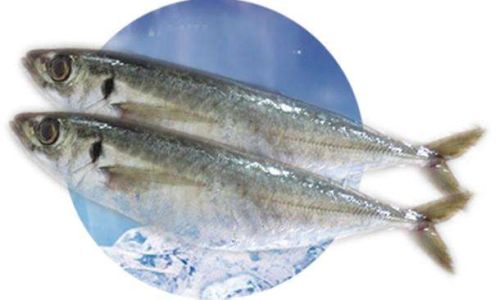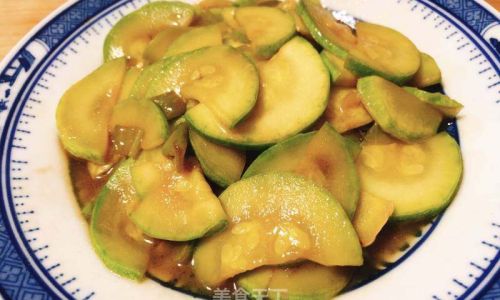Is Basa Fish Considered Seafood? A Comprehensive Exploration of Classification, Culinary Practices, and Cultural Perspectives*
The question of whether basa fish qualifies as seafood may seem straightforward, but it opens a broader discourse on taxonomy, culinary traditions, and cultural interpretations. Basa fish (Pangasius bocourti*), a species native to Southeast Asia’s Mekong and Chao Phraya rivers, has become a global commodity due to its mild flavor, affordability, and versatility in dishes. However, its classification as “seafood” remains a subject of debate, hinging on biological, culinary, and commercial definitions. This article delves into the scientific, gastronomic, and environmental dimensions of this question to provide a nuanced answer.
To determine if basa fish is seafood, one must first define the term. Biologically, seafood refers to aquatic organisms harvested from marine environments, including oceans, seas, and brackish estuaries. This category encompasses finfish like salmon and tuna, shellfish such as shrimp and clams, and cephalopods like squid. Basa fish, however, is a freshwater species indigenous to riverine ecosystems. It belongs to the Pangasiidae family, which includes catfish species adapted to thrive in rivers, lakes, and floodplains.
Unlike marine fish, basa spends its entire life cycle in freshwater. Its natural habitat spans the Mekong River basin, where it navigates slow-moving waters and feeds on detritus and small aquatic organisms. This ecological niche distinguishes it from anadromous species like salmon, which migrate between freshwater and saltwater, or catadromous fish like eels, which do the reverse. Basa’s strict freshwater dependency places it outside the biological definition of seafood, which is reserved for organisms tied to saline or brackish environments.

Culinary Classification: The Blurred Lines of Gastronomy
While biology provides a clear answer, culinary traditions often blur the lines. In kitchens worldwide, the term “seafood” is sometimes used more loosely to encompass any edible aquatic animal, regardless of its origin. This linguistic flexibility stems from historical and practical reasons. For centuries, coastal communities relied on marine resources, and “seafood” became synonymous with fish, shellfish, and other oceanic bounty. However, as global trade expanded and freshwater species like basa gained popularity, chefs and food industries began grouping them under the seafood umbrella for marketing and convenience.
Basa’s culinary applications mirror this ambiguity. Its white, flaky flesh and mild taste make it a popular substitute for marine fish like cod, haddock, or sole in dishes such as fish and chips, tacos, or fried platters. Restaurants and supermarkets often label basa as “seafood” to align it with consumer expectations, even if it is farm-raised in inland ponds. This practice reflects commercial realities rather than scientific accuracy, as retailers aim to capitalize on the premium associated with seafood.
Nutritional Profile: Comparing Basa to Marine Fish
Nutritionally, basa fish shares similarities with many seafood varieties, which further complicates its classification. Like marine fish, basa is a lean protein source rich in essential nutrients. A 100-gram serving provides approximately 17 grams of protein, negligible carbohydrates, and minimal saturated fats. It also contains modest amounts of vitamins B12 and D, as well as minerals like selenium and phosphorus.
However, basa’s omega-3 fatty acid content is lower than that of oily marine fish such as salmon or mackerel. Omega-3s, particularly EPA and DHA, are key selling points for seafood due to their cardiovascular and cognitive benefits. Basa’s relatively low levels of these fats—a result of its freshwater diet—mean it does not offer the same nutritional punch as fatty sea fish. Yet, its affordability and mild taste make it an accessible option for consumers seeking budget-friendly alternatives to pricier marine species.
Environmental and Sustainability Considerations
The environmental impact of basa farming adds another layer to the seafood debate. Over 90% of global basa production occurs in Vietnam, where it is cultivated in intensive aquaculture systems. These operations often face criticism for ecological mismanagement, including water pollution from waste discharge, antibiotic overuse, and habitat destruction. The Mekong River, already strained by dams and climate change, bears the brunt of these practices, threatening local biodiversity and fishing communities.
In contrast, wild-caught seafood faces its own sustainability challenges, such as overfishing and bycatch. Marine fisheries like tuna or cod require strict quotas and monitoring to prevent collapse. Aquaculture, including basa farming, is sometimes touted as a solution to overfishing, but its environmental footprint depends on regulations and technological advancements. Certifications like the Aquaculture Stewardship Council (ASC) aim to promote responsible basa farming, yet compliance remains uneven across producers.
Cultural and Regional Perceptions
Cultural attitudes toward basa further illustrate the complexity of its classification. In Western markets, basa is often marketed as a seafood alternative to more expensive white fish. However, in its native Southeast Asia, it is simply considered river fish, consumed without the seafood label. This regional divergence highlights how context shapes culinary terminology.

Similarly, religious and dietary restrictions influence perceptions. For instance, some Jewish and Islamic dietary laws prohibit the consumption of scaleless fish, which include many catfish species. Basa, being scaleless, may be excluded from “seafood” in these contexts, even if culinary traditions ignore this distinction. Conversely, vegetarians or vegans avoiding animal products would categorize basa as non-seafood only if they abstain from all animal flesh, regardless of origin.
Commercial Labeling and Consumer Awareness
The global food industry’s role in shaping perceptions cannot be overlooked. Basa’s rise to prominence in the 2000s was fueled by aggressive marketing as a “seafood” product, leveraging its versatility and low cost. This labeling strategy helped it penetrate markets dominated by traditional seafood, but it also sparked controversy. In 2002, for example, the U.S. Food and Drug Administration (FDA) temporarily banned basa imports due to mislabeling and safety concerns, though the ban was later lifted.
Today, consumer awareness campaigns advocate for transparent labeling, distinguishing basa as a freshwater farmed fish rather than a marine product. This shift reflects growing concerns about food provenance, sustainability, and ethical sourcing. However, the term “seafood” remains entrenched in colloquial use, creating ongoing confusion.
Conclusion: A Matter of Context
The question of whether basa fish is seafood ultimately hinges on context. Biologically, it is a freshwater species unrelated to marine environments, disqualifying it from strict taxonomic definitions. Culinary and commercial practices, however, often blur these boundaries, grouping basa with seafood for practicality or profit. Nutritionally, it shares traits with lean marine fish but lacks the omega-3 richness of oily varieties. Environmentally, its farming practices present distinct challenges compared to wild-caught or marine aquaculture.
For consumers, the answer may depend on their priorities. Those seeking marine-derived nutrients or adhering to dietary restrictions tied to saltwater ecosystems will categorize basa differently from those prioritizing affordability or culinary versatility. Ultimately, the debate underscores the need for clearer terminology and informed choices in an era where food systems are increasingly globalized and complex. Basa fish may not swim in the sea, but its journey from Mekong River to global plates invites reflection on how we define, consume, and protect our planet’s aquatic resources.






0 comments